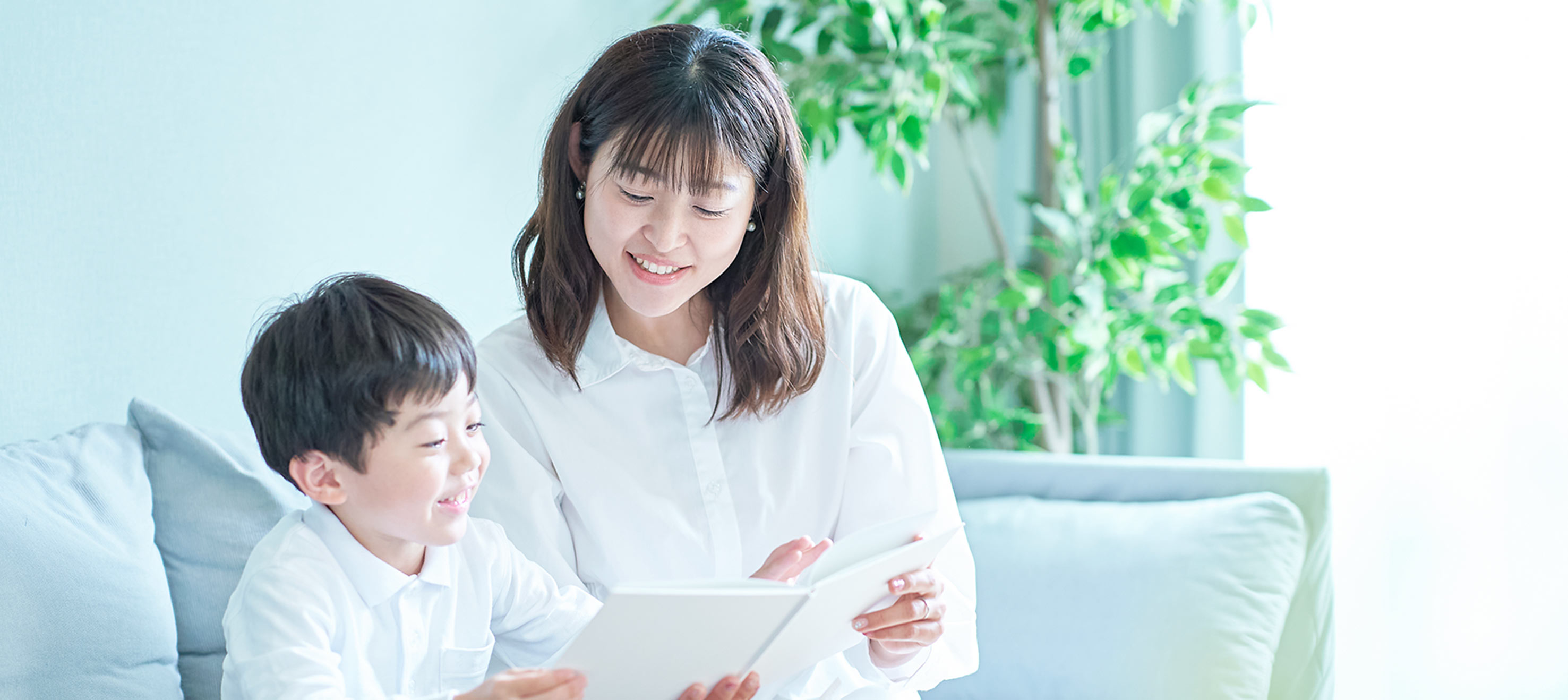Chronicles of Traveling Abroad with Children
Yukari Ito, Graduate School of Mathematics
1 2 3 4 5
2. Having a baby in the US
I came back to Japan at the end of August and was there for just a month. During this period, I had an appointment at a gynecology clinic, which felt very secretive since they would not even let me see the ultrasound images. In September, I embarked on an extended work assignment to the US. The assignment, initially scheduled for seven months, included a maternity leave of around three months. My destination was a research institute in Princeton, where I lived in an apartment on the premises, which was designated for researchers. The institute sees a yearly turnover of members, with many people from various countries coming with their families. It is not uncommon for some to give birth during their stay, and this results in a wealth of shared experiences and information related to childbirth. It is relatively unusual for a researcher, rather than a family member of a researcher, to give birth while on assignment. Regardless, I was fortunate to have my husband by my side for the birth of our child. In the US, it is common for husbands to be present during childbirth, often with the responsibility of cutting the umbilical cord. We attended several classes designed for both parents, not just mothers, where husbands learned massage techniques to help ease their pregnant wives’ back pain. My daughter was born in December, just a day after we wrapped up our weekly seminar. The doctor during the checkup was a Chinese man, but the delivery was overseen by an Indian female doctor on duty that day, a diligent mother who returned to work one month after giving birth herself. In the US, it is common to discharge patients the day after birth. Thankfully, with advice from friends who had their babies in the US, my husband was encouraged to manage the household chores for a month, which would allow us a smoother transition into life with our newborn. However, things did not go as planned when my husband came down with the flu two weeks later. In January, the peak of winter and the first month after giving birth, I noticed Russians taking their babies out for walks in strollers in the evening. Even in Moscow’s severe winter, they wrap their babies in blankets and take them out to a balcony daily to acclimate them to the cold weather. Inspired, we started taking our own winter walks. As a teenager, my daughter now prefers to dress in lighter clothing, hinting at the benefits of those early cold exposures.
A month after giving birth, I started going back to the research institute, bringing my daughter along. At first, my time there was mostly limited to tea-time conversations with various people. Occasionally, I attended seminars with my daughter asleep beside me, yet my daily life had transformed completely compared to before her arrival. On weekends, I relished adapting my leisure pursuits to accommodate my new circumstances. Princeton being just an hour from New York, I used to go to concerts before my daughter was born, and after, I switched to visiting museums. New York’s wheelchair-friendly design made navigating the streets with a stroller effortless, even enabling us to make it to the top floor of the Empire State Building. The diaper-changing stations in public restrooms, available for both genders, proved to be incredibly useful.


